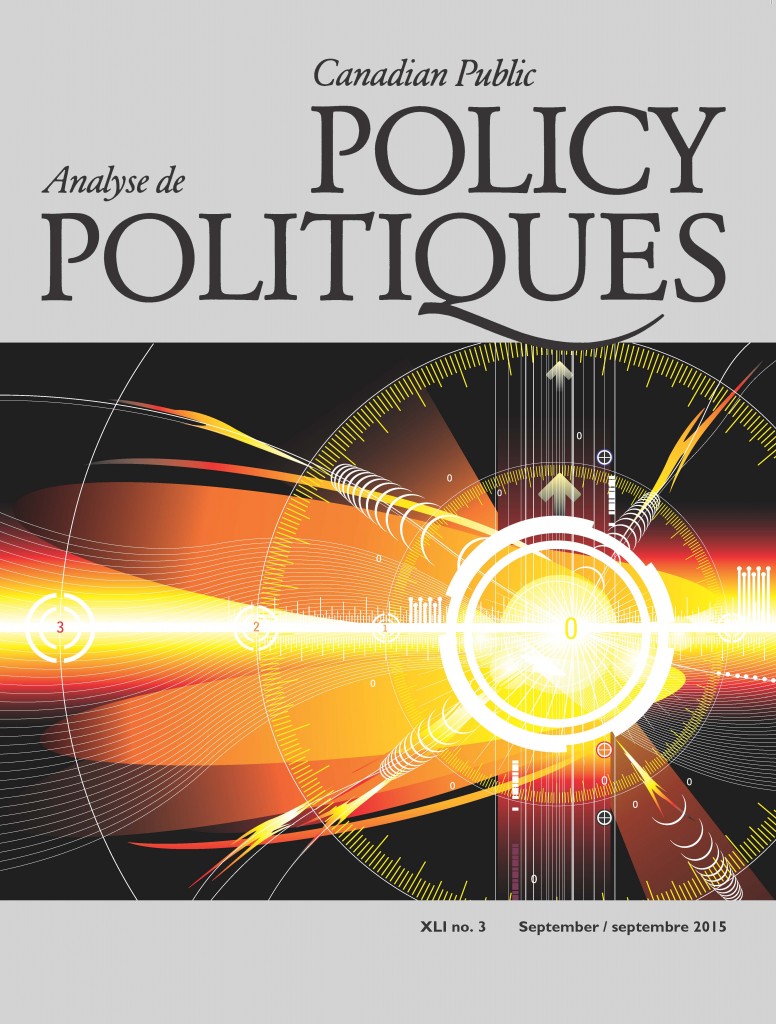Written by guest blogger, Laura Anderson
How can it be that in a rich country like Canada, food insecurity, and its most extreme form—hunger—are not rare? In fact, 1 in 8 households in  Canada is food insecure. Would an answer be apparent if we knew how the problem was talked about by our legislators?
Canada is food insecure. Would an answer be apparent if we knew how the problem was talked about by our legislators?
In our paper, “Food Insecurity in Canada: Problem definition and potential solutions in the public policy domain”, we examined how food insecurity is discussed in the Canadian political discourse, specifically in Parliament and in selected provincial legislatures. We analyzed the Federal Hansard records and those of three provinces over the last two decades to bring to light how Canadian politicians construct the problem of household food insecurity.
We learned in the political debates that food insecurity is inextricably linked to food banks in this country. Food banks are in fact the dominant charitable response to hunger in Canada, and have been since the 1980s. The problem is that food banks don’t address the fundamental cause of food insecurity – inability to afford food- and also cannot possibly on their own address the issue of hunger. As Toronto’s Daily Bread Food Bank points out, food bank use only scratches the surface of food insecurity: many who need help do not even use food banks.
Additionally, a number of legislators linked food insecurity with policies unrelated to economic remedies: programs to encourage healthy eating among populations who cannot afford healthy foods; and meal supplement programs for children. These do not address food insecurity, but emotionally-charged images such as hungry children, in the political rhetoric may be shifting the focus away from the root cause of food insecurity: inadequate income to afford food.
How do Canadian legislators characterize the food insecure? Overwhelmingly, those who are food insecure are characterized as needy, or vulnerable. More often than not, rather than acknowledging the need for all Canadians to have access to the food they need, images of specific social categories which are more likely to be perceived as “deserving” are conjured. These are often children, those with physical or mental health issues, women, or senior citizens. Some of these groups are at a higher risk of food insecurity—Canadian seniors are not because of our program of seniors’ benefits. Other groups are conspicuously absent from the discussion. Aboriginal and Black populations living in urban areas, recently arrived immigrants, and households headed by lone mothers have been well-documented to be at a high risk of food insecurity, but are rarely if ever mentioned in political debate.
The findings from our study show us that there is a lively discussion of food insecurity in the Canadian political debate. There is some discussion around the problem of inadequate income to afford healthy food – the root cause of food insecurity- but not enough to suggest that it is the primary focus of legislators’ discussions around solutions to the problem of food insecurity.
Anderson’s article “Household Food Insecurity in Canada: Problem Definition and Potential Solutions in the Public Policy Domain” is currently available Ahead of Print on CPPOnline, and will be published in the forthcoming issue of Canadian Public Policy.
Submission information for Canadian Public Policy is available here.
Interested in subscribing to Canadian Public Policy? Get your online, print, or combined subscription here.
Comments on this entry are closed.